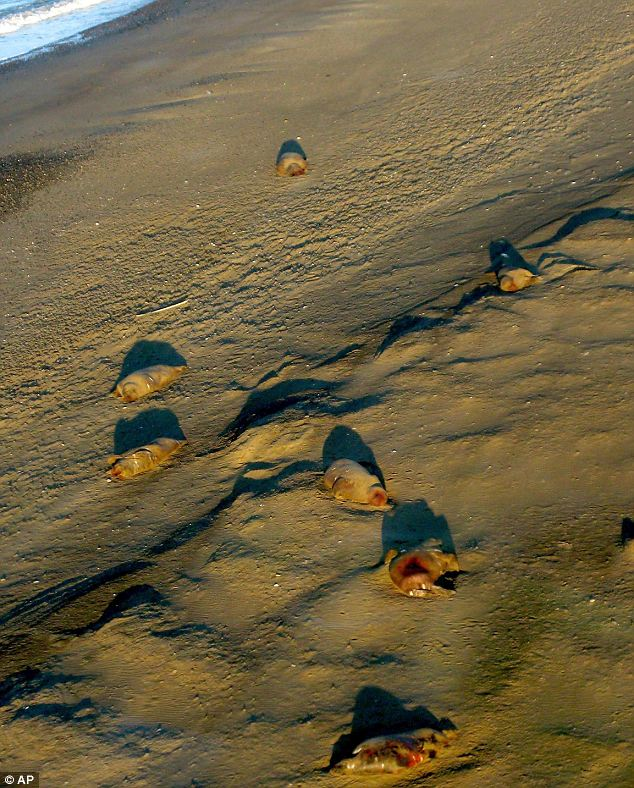Another symbol of the Arctic’s complex ecosystem finds itself on thin ice
By LAUREN MORELLO of ClimateWire
August 10, 2010 For generations, Yupik and Inupiat hunters have depended on the Pacific walrus. They ate the walrus’ meat and whittled its bones into tools. Walrus skin covered their boats, and walrus intestines, stitched into raincoats, covered their backs. Today, the walrus is still an important part of the subsistence diet in villages along Alaska’s Chukchi and Bering sea coasts, and Native Alaskans sell handcrafts made from walrus ivory. But as the Arctic warms, the landscape upon which both walruses and people depend is changing. The behavior of sea ice is no longer predictable. Perhaps the best illustration of that came in the summer of 2007, when the Arctic’s sea ice cover hit a record low, shattering the previous record by 460,000 square miles — an area the size of Texas and California combined. Changing habits of polar bears have drawn most of the attention, but walruses, which depend on drifting summer sea ice as a base for hunting and transportation through the Bering Strait, are changing, too. They are sheltering more on land in Alaska and Siberia. For Alaska’s indigenous hunters, whose lives meld modern conveniences with their traditional subsistence culture, the change threatens a way of life. “The elders have been coming to me and saying a lot of the old ways — their many years of observations of how ice was forming and moved, which made them extremely accurate local forecasters — all of a sudden, those old traditional knowledge ways weren’t working, and aren’t working,” said Gary Hufford, regional scientist for the National Weather Service’s Alaska region. On St. Lawrence Island, just south of the Bering Strait, for example, elders report that the ice’s character has changed. “It’s thinner than people are used to seeing, and there’s less old, heavy ice,” said Hajo Eicken, a University of Alaska sea ice scientist who has worked closely with native communities to understand those changes. “There’s less ice to melt in the spring, which means it actually can retreat much more quickly.” …
Another Symbol of the Arctic’s Complex Ecosystem Finds Itself on Thin Ice
